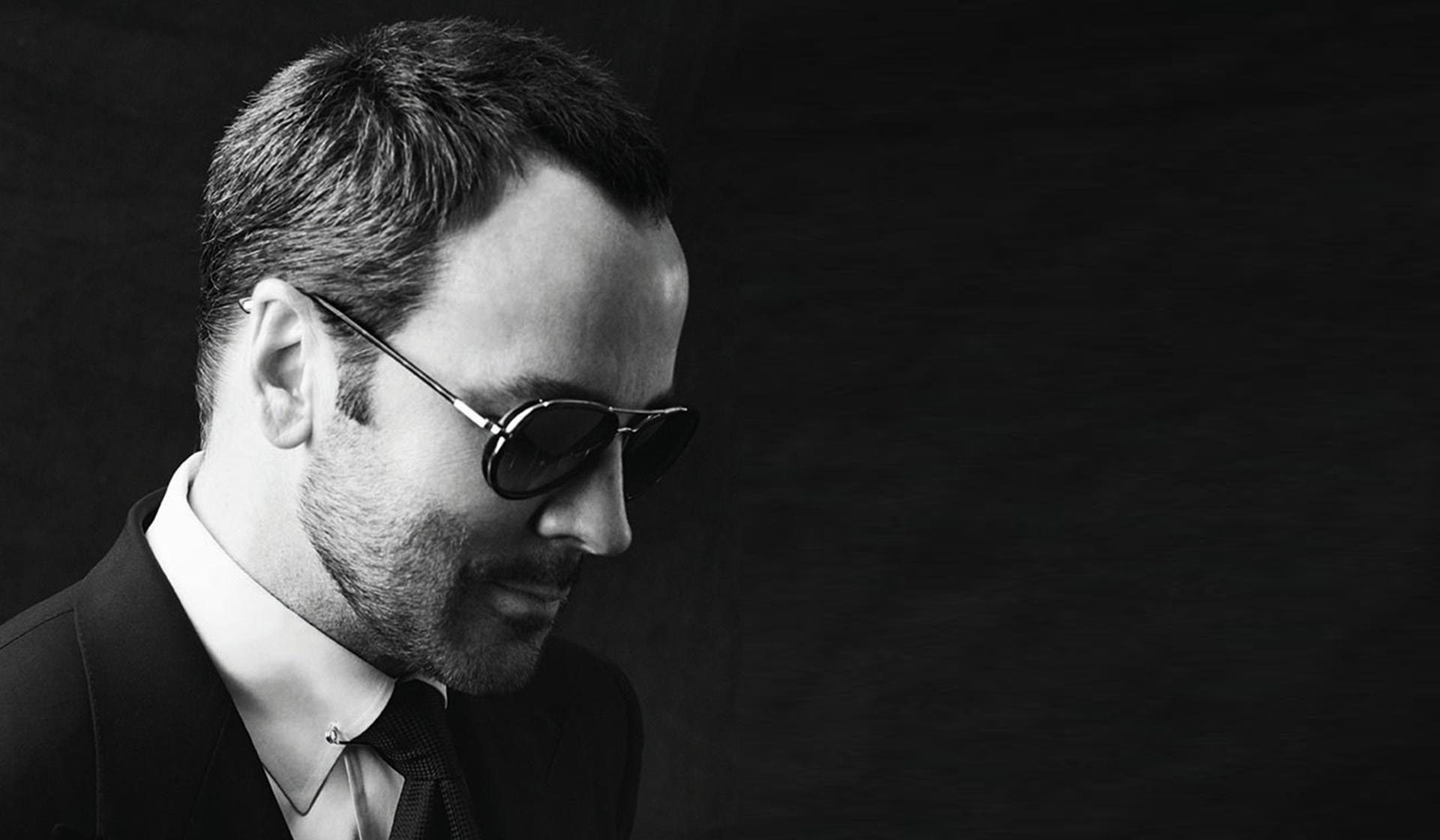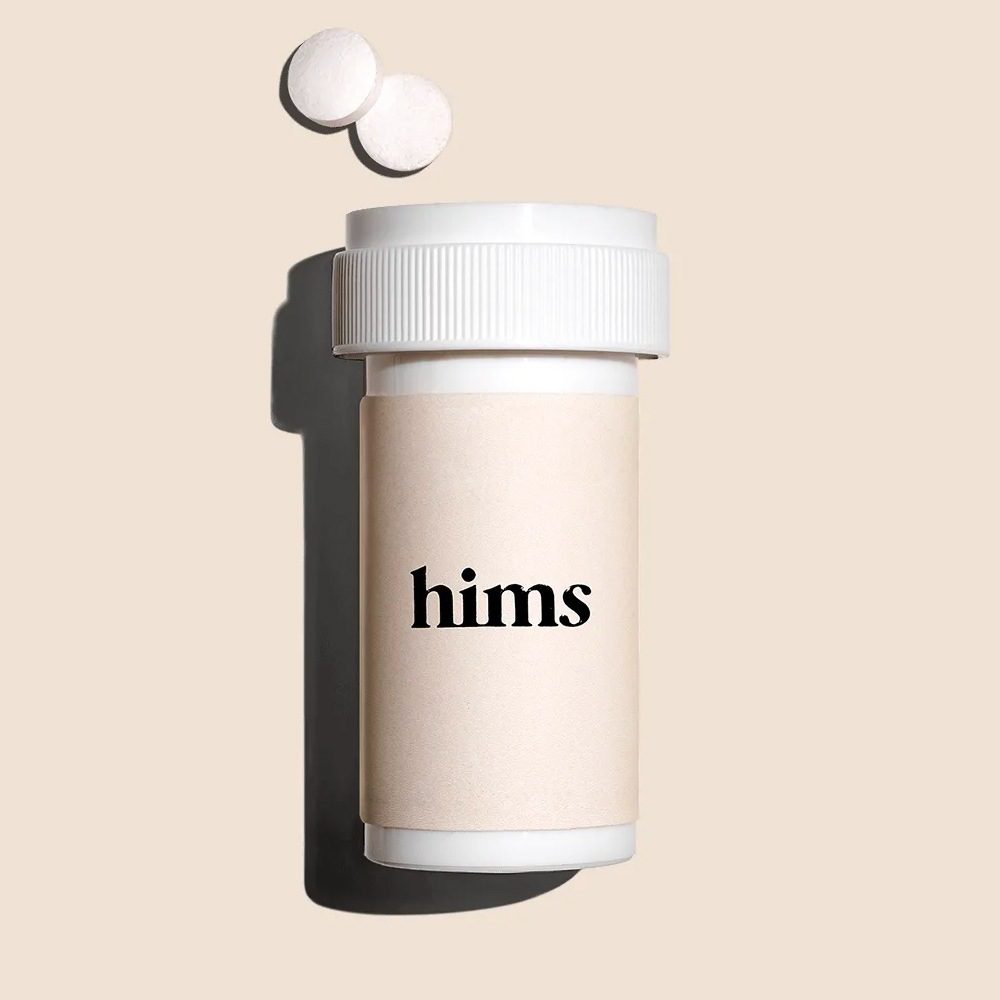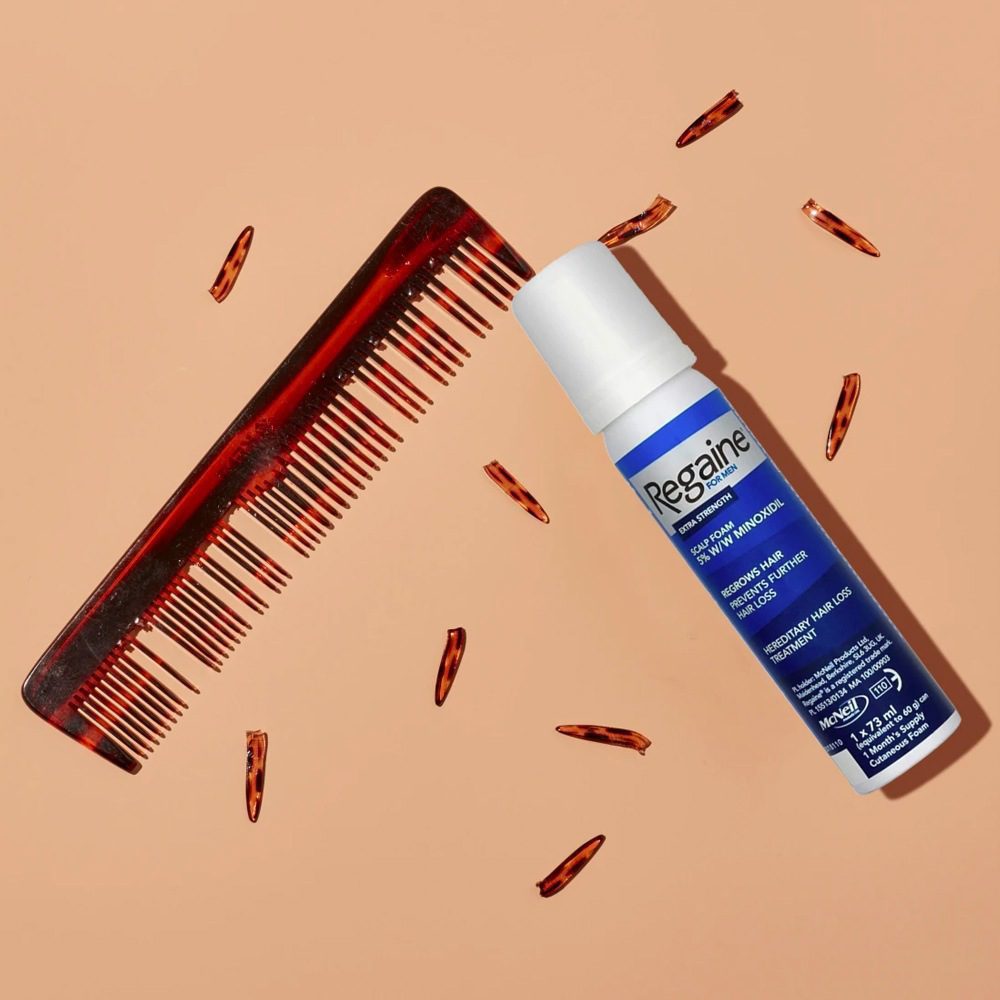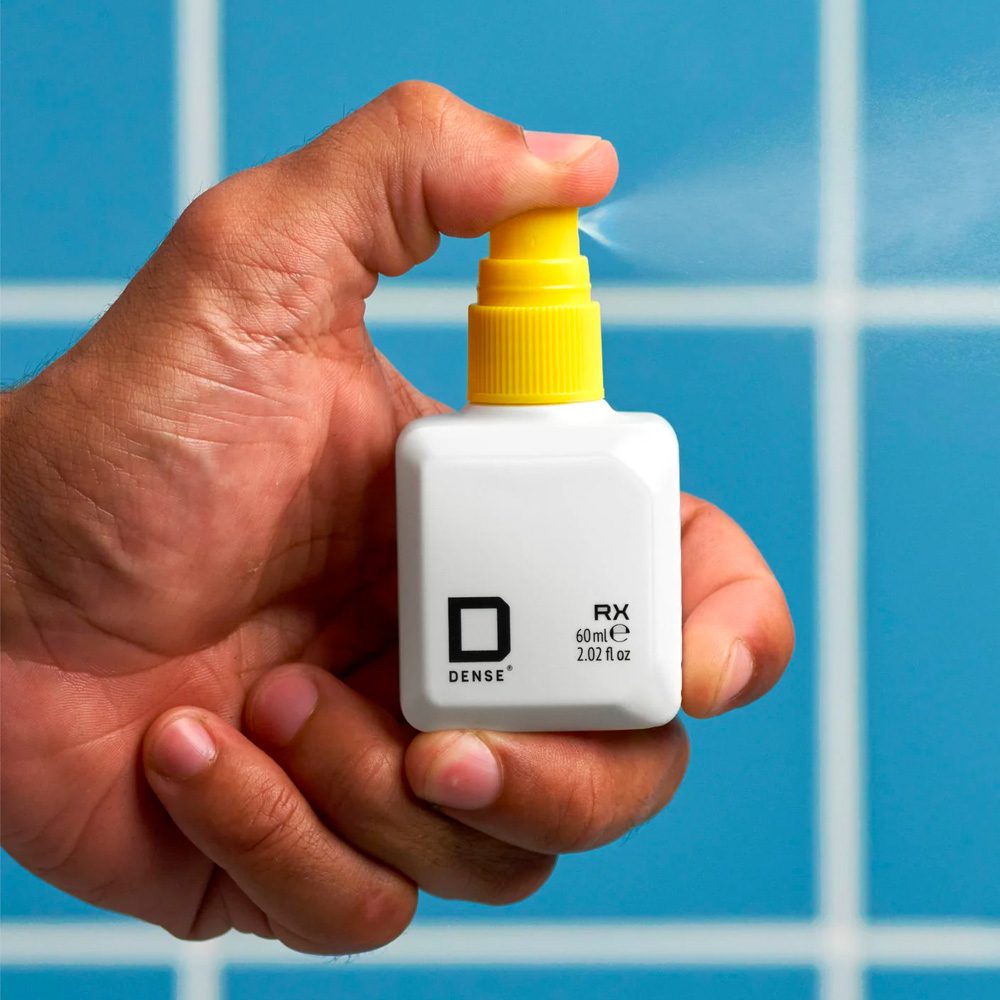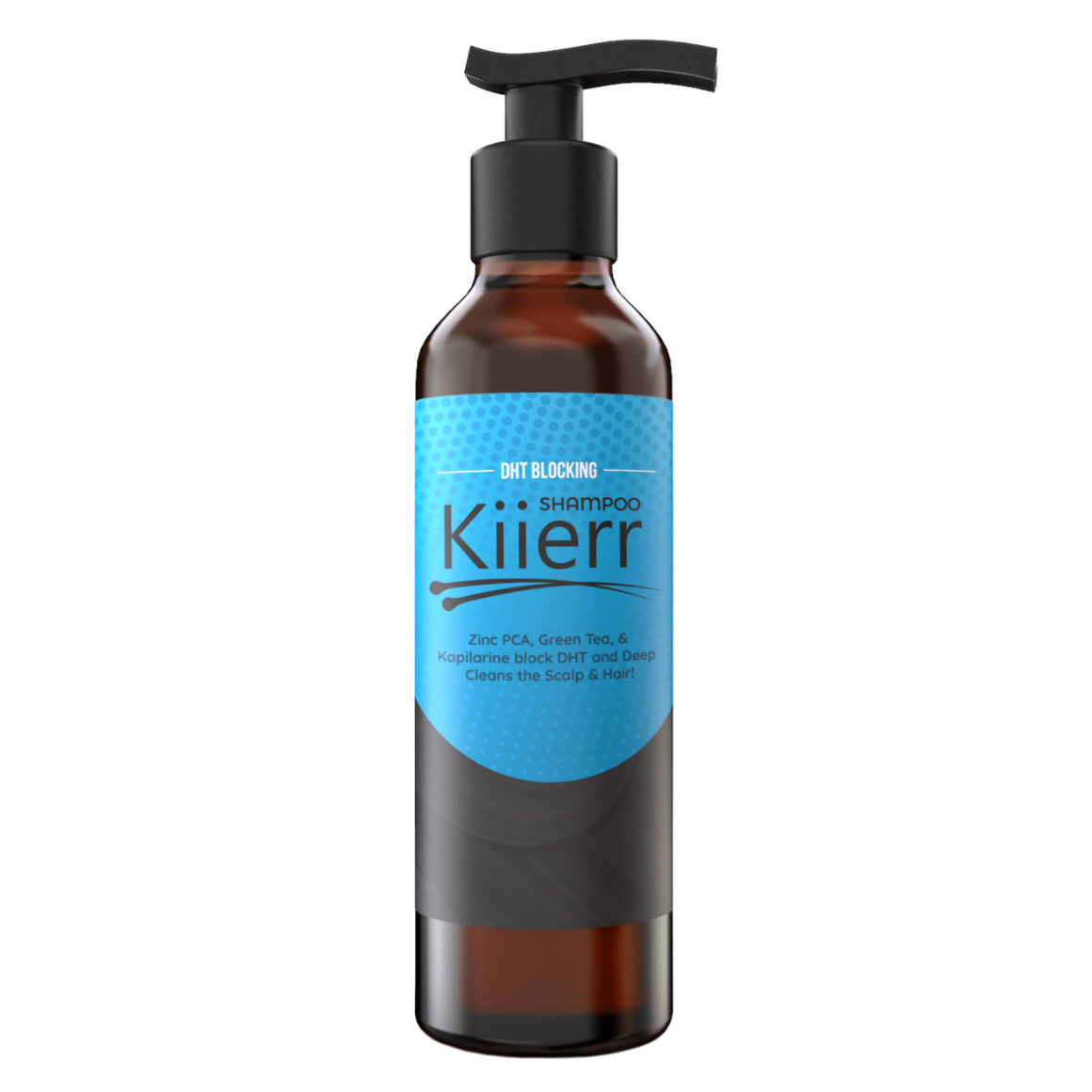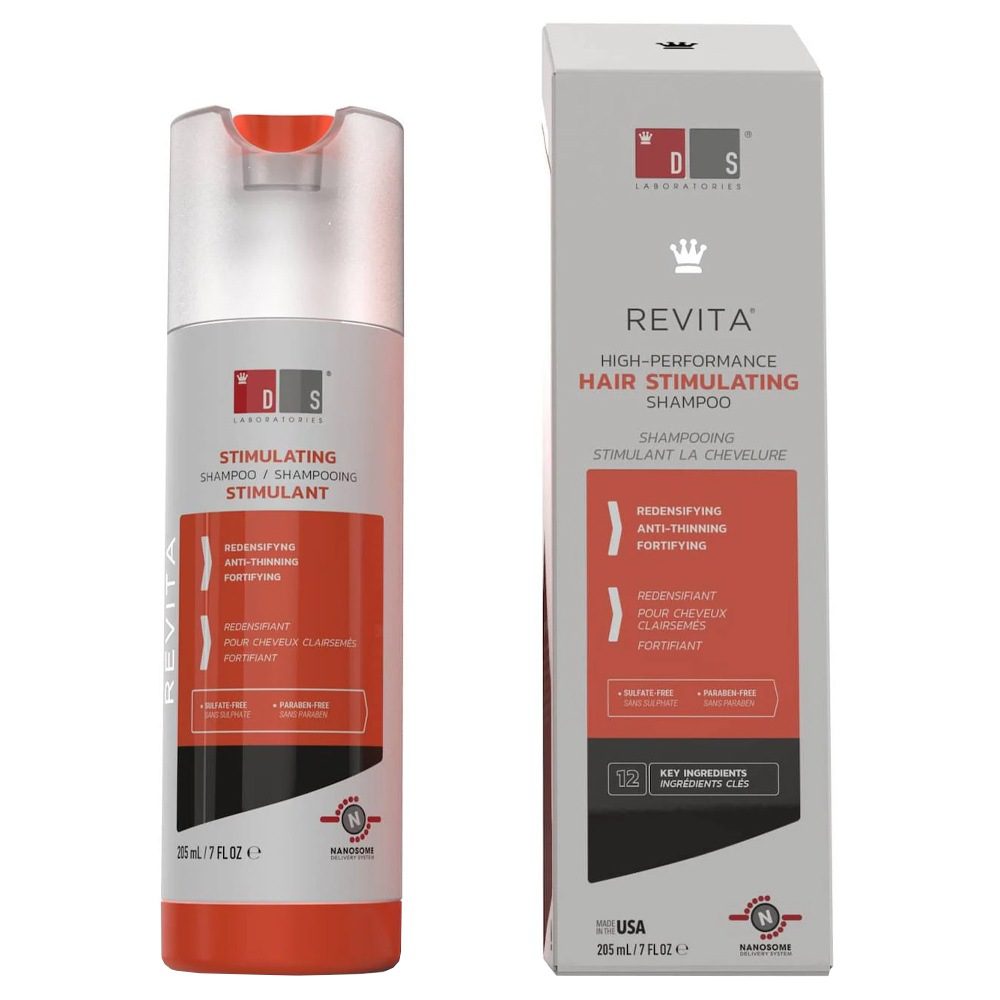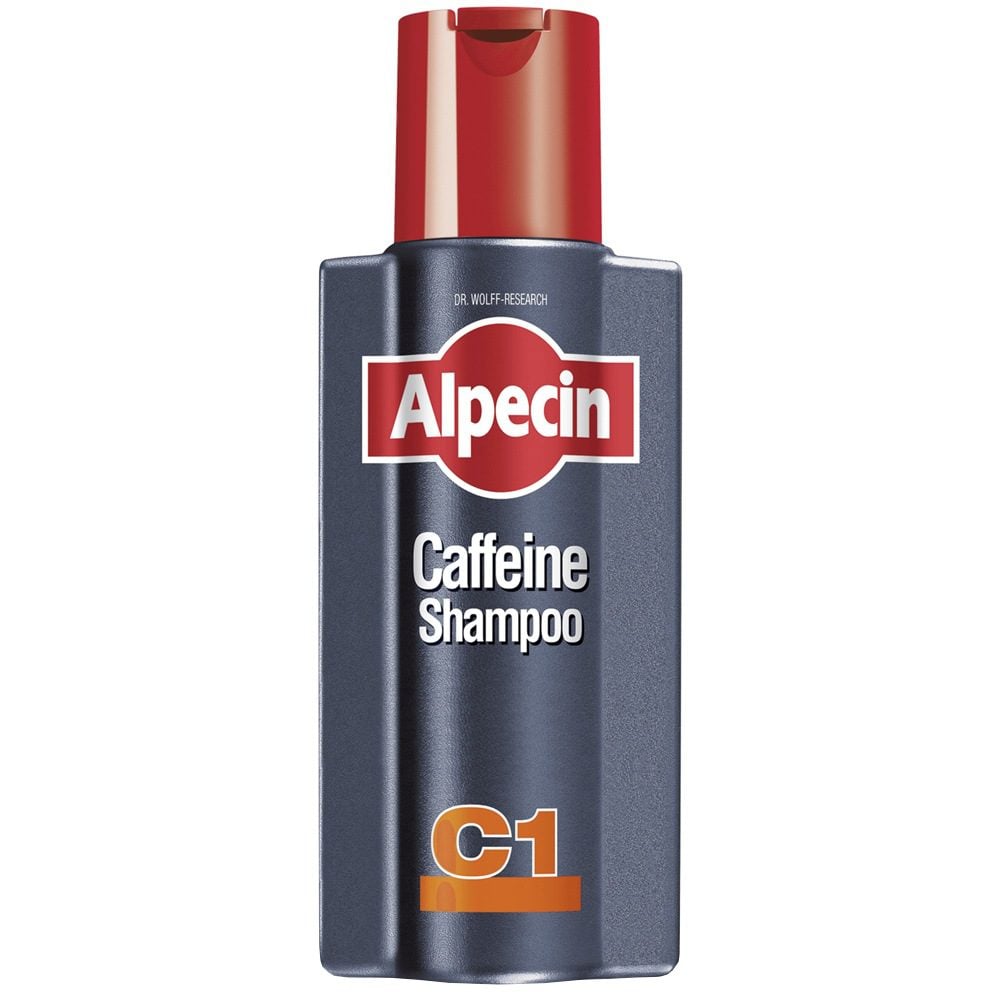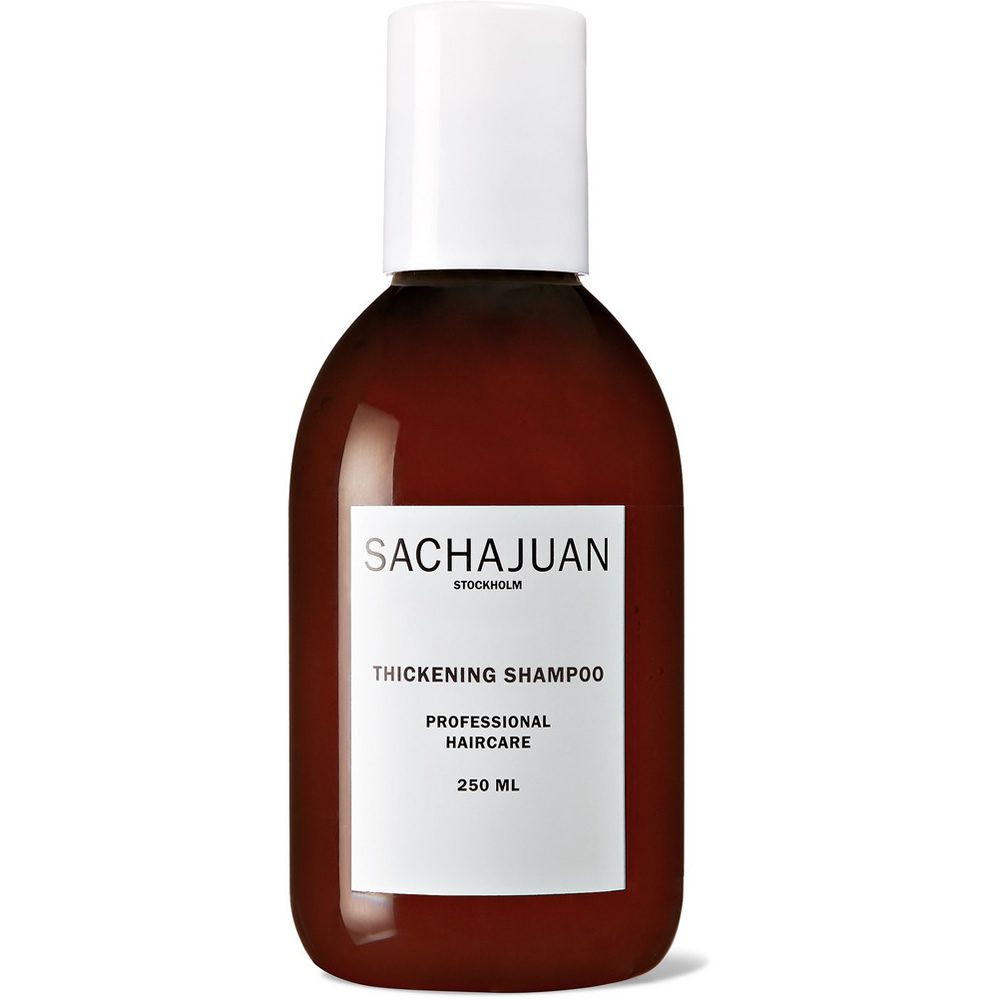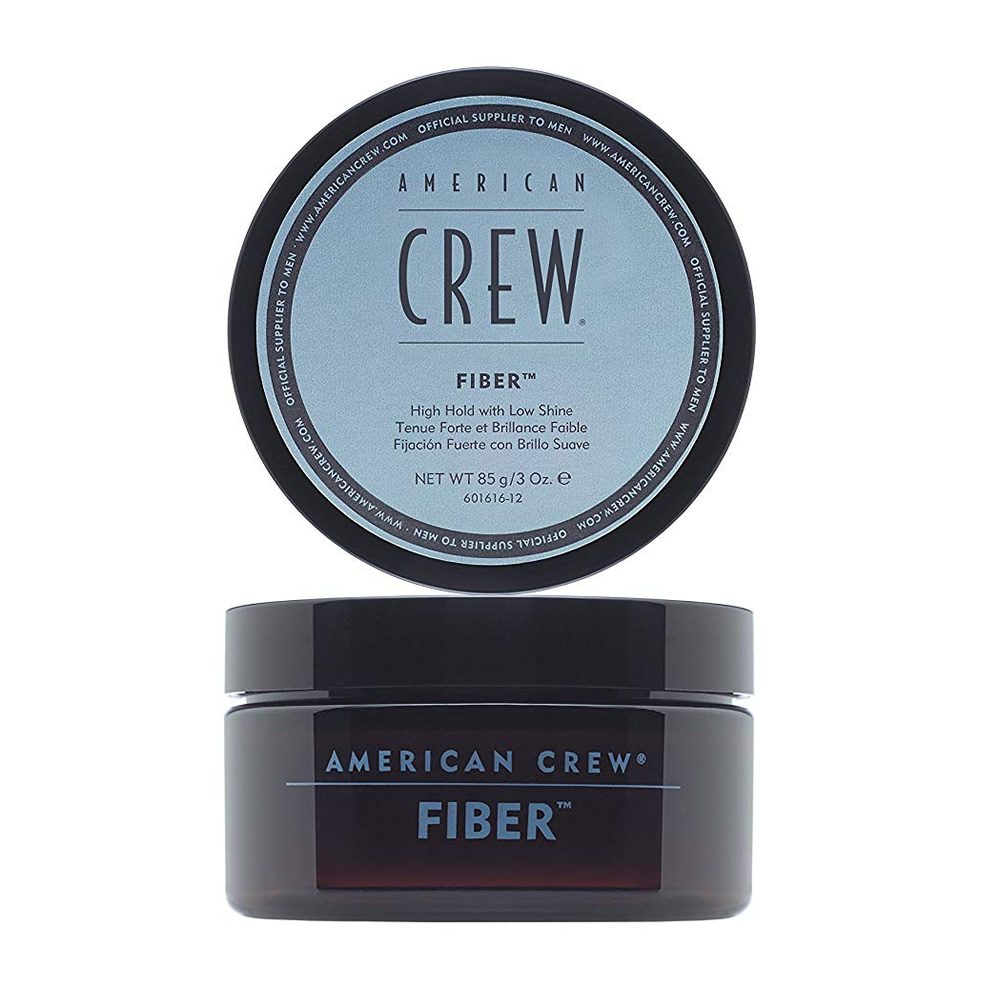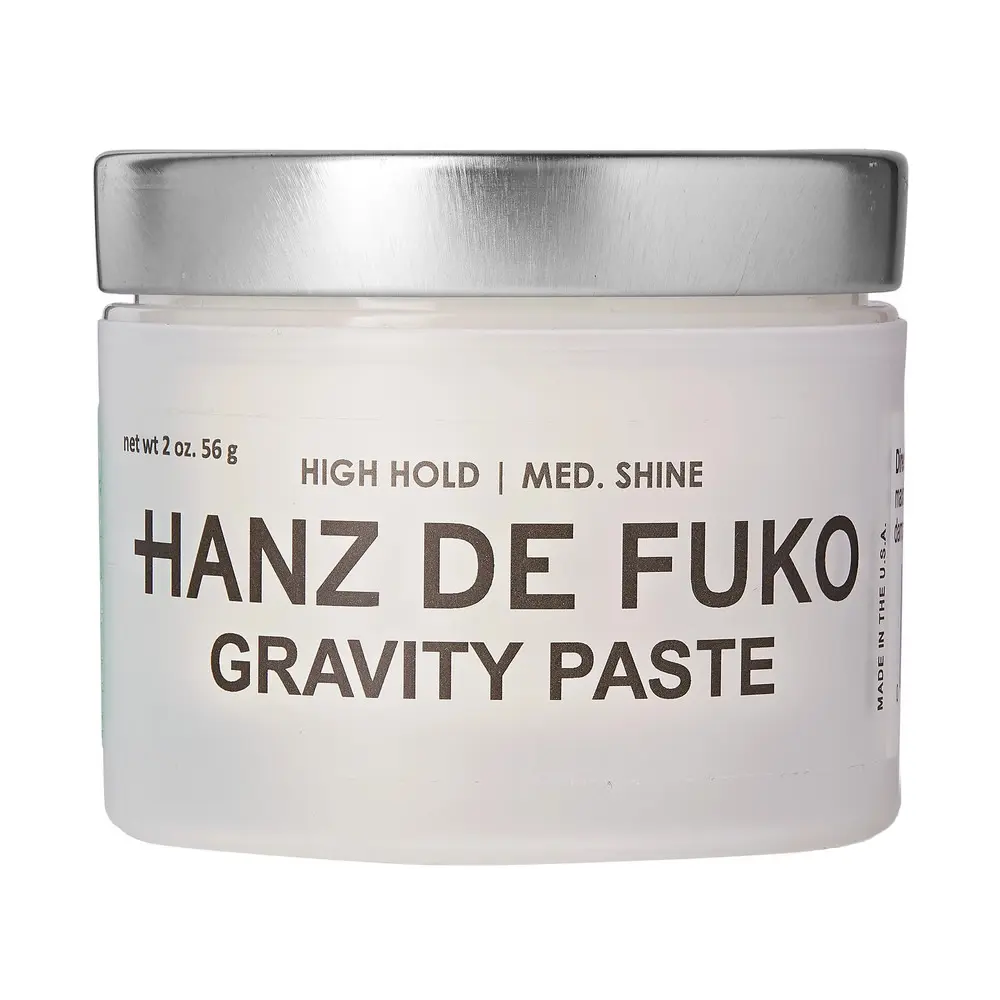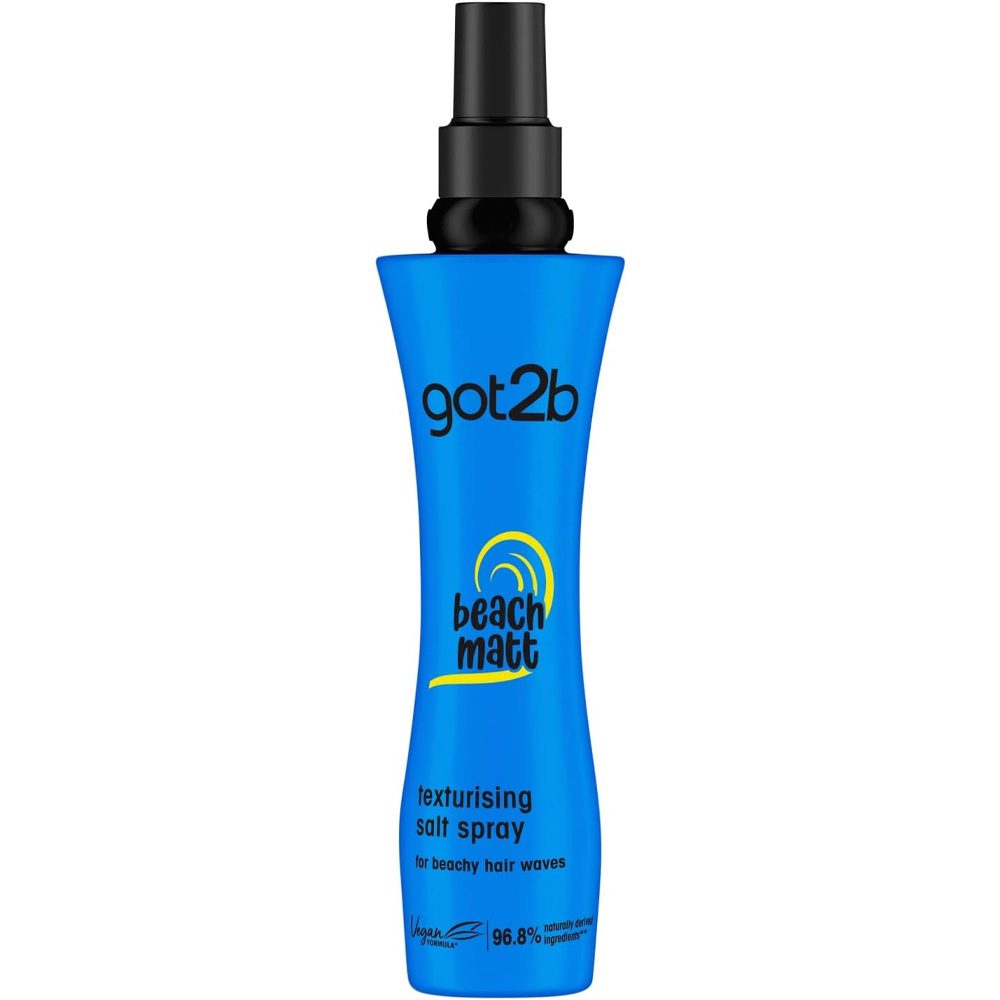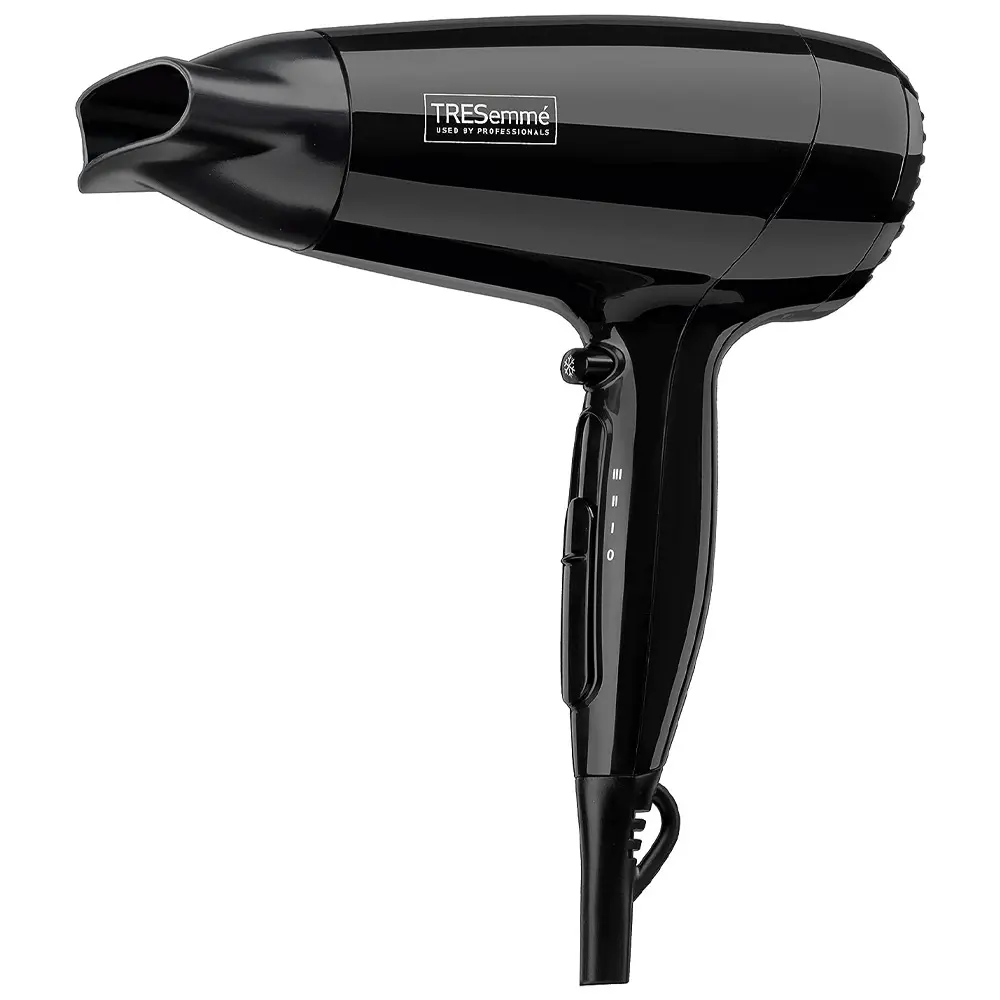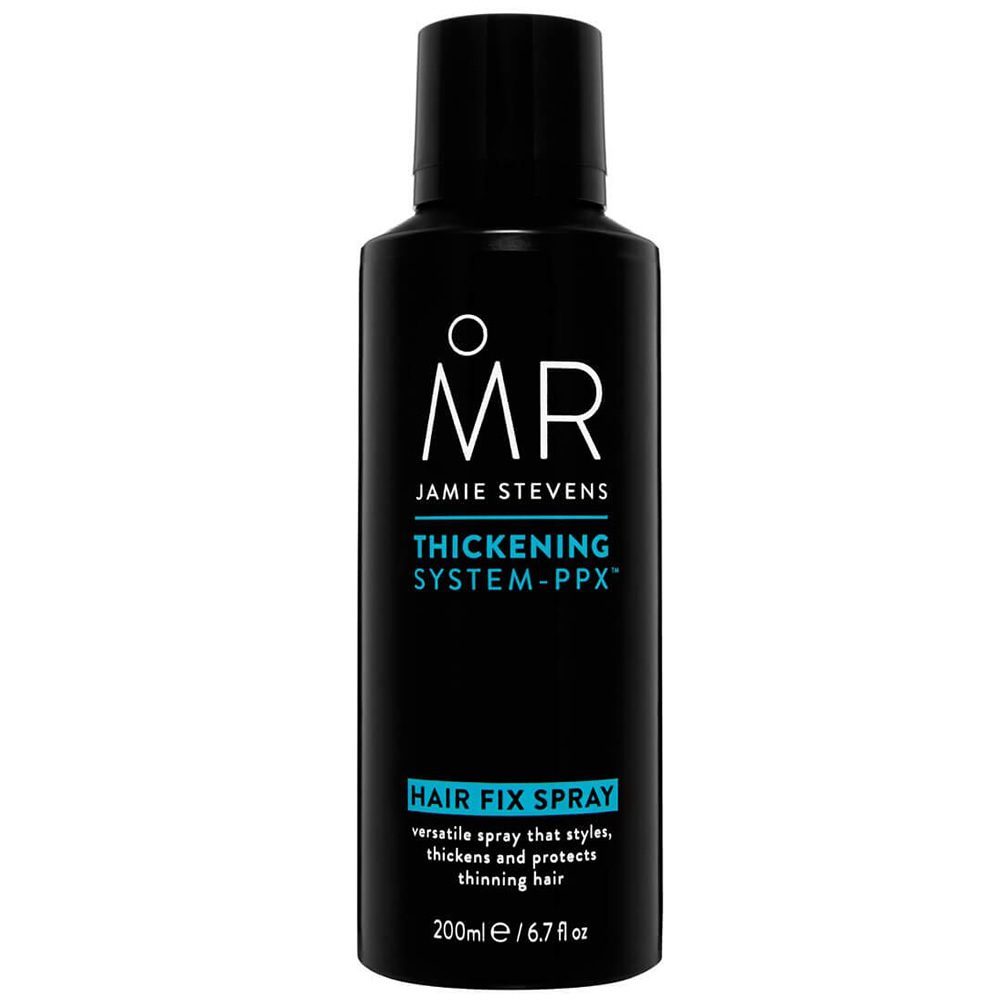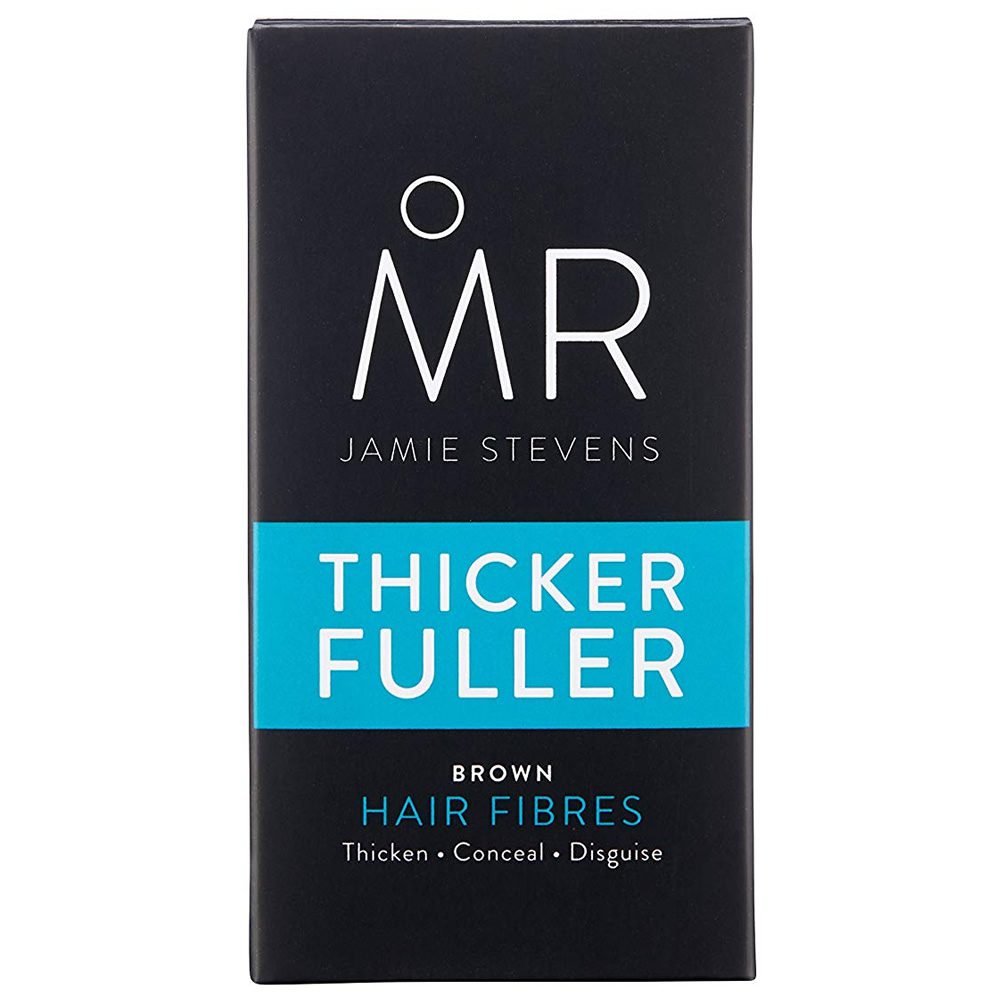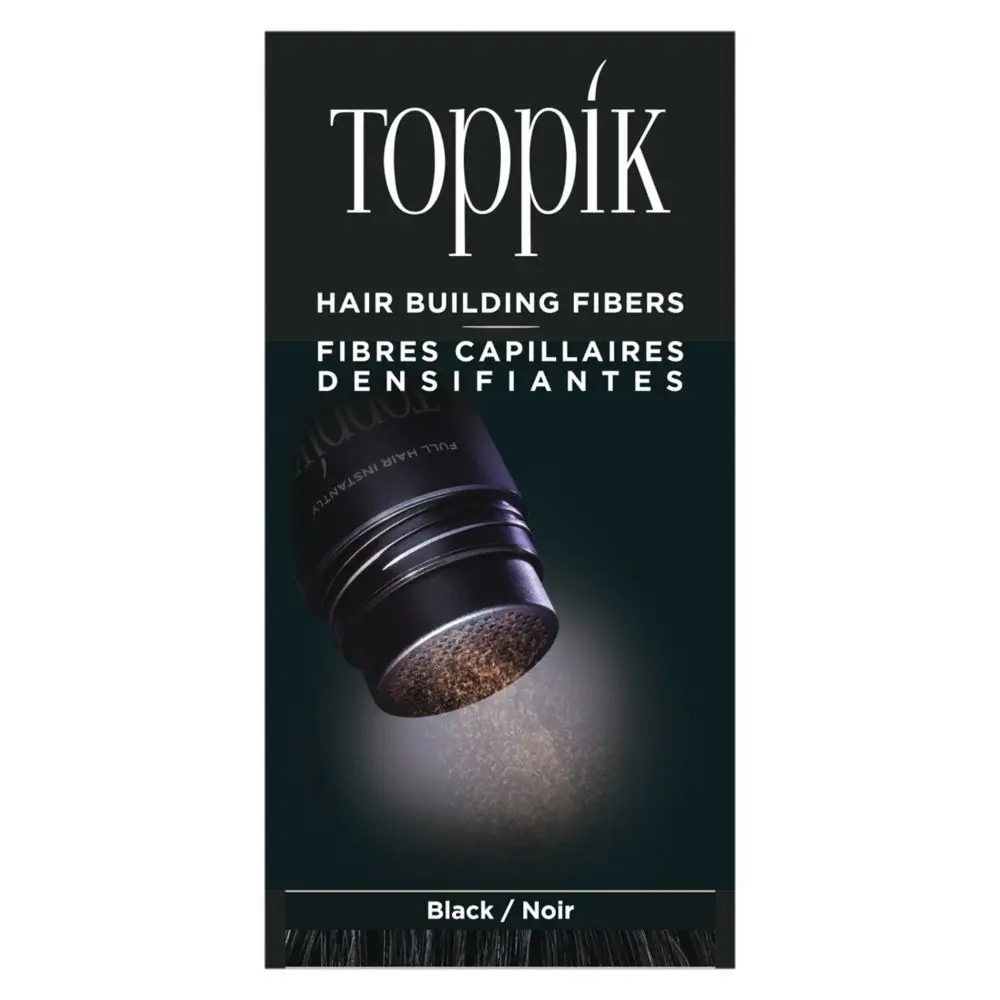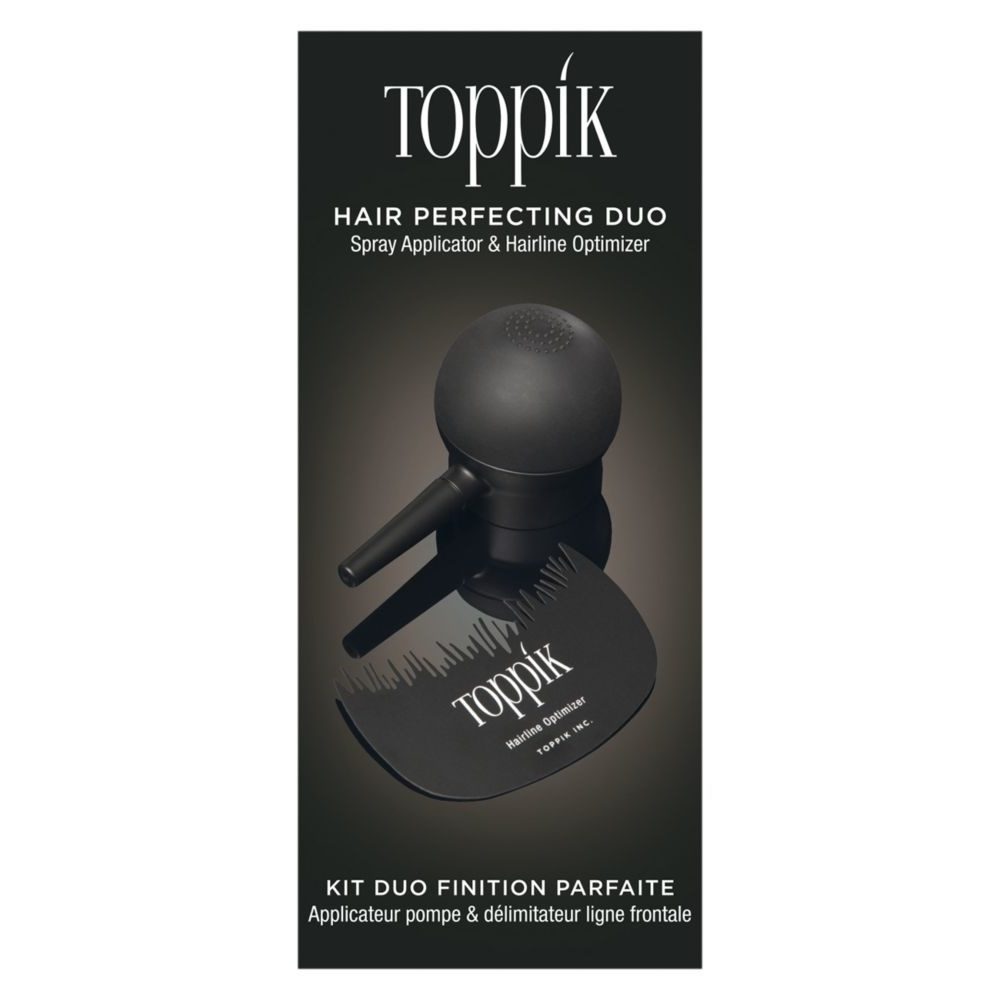Men’s Thinning Hair: How To Deal With It The Right Way
The question of how to deal with thinning hair is something the majority of us will have to face at some stage in our adult lives. By the age of 35, two-thirds of men will have experienced some degree of hair loss. By 50 years old, that number soars to 85%.
Male pattern baldness is no tea party. For most, that receding hairline or thinning crown is the first piece of concrete evidence that we’re not, in fact, invincible after all. The clock is ticking and those youthful good looks are on borrowed time.
Or that’s what you might think, but in actual fact, losing your hair is not the beginning of the end. It’s simply the dawn of a new chapter in your life. And, if you know how to deal with it, it doesn’t necessarily need to be a negative one.
Today, there are measures that can be taken to disguise, halt or even reverse hair loss. Not to mention that simply embracing baldness in a stylish way is one of the most liberating things a man can do in terms of his appearance.
Here we examine everything you need to know about dealing with thinning hair, including the best haircuts, the products you should be using and, of course, the “nuclear option”.
Preventing Further Loss
So, you’ve got cause for concern. Perhaps you’ve been noticing more hair than usual clogging up the shower. Or maybe you caught a glimpse of a bald spot when your barber brought the mirror around the back of your head. Whatever it is, now is the time to act.
If you’re worried about thinning hair, the first thing to do is to book an appointment with your GP. First and foremost, they’ll be able to establish whether the hair loss you’re experiencing is a result of male pattern baldness or another condition. They’ll also be able to advise you on the medical options available.
- FDA-Cleared Kiierr Laser Cap
- Finasteride Subscription
- Regaine for Men Foam
- RX Topical Spray Finasteride 0.1%
The only three FDA-cleared ways to treat hair loss are: the Kiierr Laser Cap, which uses premium laser diodes (650nm wavelength) to treat thinning and balding hair and help reverse hair loss; a prescription-only drug called Finasteride (sold under the brand names Proscar and Propecia), which is taken orally at a dose of 1mg a day; and Minoxidil, a topical solution that is applied directly to the scalp and available over the counter (the most widely recognised form of Minoxidil is branded Regaine/Rogaine, which comes as an easy to apply foam).
These three solutions can be used together, for maximum efficacy, or individually.
You should be aware that in the case of Finasteride and Minoxidil, it can be expensive to maintain your prescription/supply, and the minute you stop taking these products you will revert to your previous level of hair loss, meaning it’s an ongoing financial commitment that you shouldn’t enter into lightly.
A small percentage of males taking Finasteride can also experience side effects that include decreased libido and erectile dysfunction, although these usually subside quite quickly after stopping the medication. Switching to a topical formulation (also available these days) may also help reduce sides.
Our advice? Consult your GP to get all the facts and make an informed choice.
The Best Products For Thinning Hair
In the meantime, an optimised grooming routine can help make the most of your thinning locks. Here’s what you need in your dopp kit.
Hair Loss & Thickening Shampoo
- Kiierr DHT Blocking Shampoo for Hair Growth
- DS Laboratories Revita Hair-Stimulating Shampoo
- Alpecin Caffeine Shampoo C1
- SACHAJUAN Thickening Shampoo
You should be using shampoo regardless of whether you’re losing your hair. However, there are certain types out there specially designed to make thinning locks appear fuller and thicker – traditionally these will be labelled as ‘volumising or ‘thickening’. Bear in mind that these products are only designed to give the illusion of thicker hair, usually by coating the existing strands in a temporary polymer to increase density, and aren’t a permanent fix.
In recent years there has also been a number of hair loss shampoos released on the market. These shouldn’t be considered a magic pill by any stretch of the imagination, but they are usually formulated to block DHT (the hormone that causes hair loss), gently cleanse the scalp to give your hair the best chance to grow, and provide some of the aforementioned thickening effect. You would be wise to consider integrating one into your daily routine.
Styling
- American Crew Fiber
- Hanz De Fuko Gravity Paste
- Schwarzkopf got2b Beach Matt Texture Sea Salt Hair Spray
- TRESemme 2000W Fast Hair Dryer
Where styling is concerned, steer clear of heavy waxes, gels or pomades, which can make the hair clump together and appear even more sparse.
Instead, opt for drier products that add texture, like clays, pastes and salt sprays. It’s also wise to invest in a hairdryer – blow-drying your hair on a medium heat will plump up the strands, making hair appear thicker.
Disguising
If you’re not quite ready to let go, protein fibres can help disguise any problem areas. You simply distribute them on the thinner patches of your hair, and the electrostatically charged fibres cling to existing strands, adding density and diameter, helping fill in any gaps and stopping the scalp from showing through. You usually follow up this process by using a fixing spray, which ensures your hair and the fibres stay in place.
Although this type of product has been around for 20 years or more, advances in technology mean modern-day versions produce a much more natural, almost undetectable result, which is why many men are now turning to them (there have been rumblings that David Beckham could even be a fan).
https://www.youtube.com/watch?v=ccjK5tmU3W4
The Best Haircuts For Thinning Hair
Some trims work better than others when it comes to lessening the appearance of thinning hair. Here are a few of the most reliable options.
The Classic Crew Cut

Keeping things closely cropped at the back and sides is key to taking attention away from problem areas on top. The extra length around the hairline on a crew cut can then be styled with a fringe, swept to the side or even in a short, neat quiff.
The Buzz Cut

One foolproof way to make thinning hair appear thicker is to take it very short. The buzz cut is the perfect style for this and has the added benefit of being straightforward enough to do at home if you have a willing partner and a pair of quality hair clippers.
The High And Tight

Think of this classic military hairstyle as the crew cut’s shorter cousin. It works by doing exactly what it says on the tin: the back and sides are shaved tight (grade 0 or 1), and taken as high up as the Parietal bone – this gives the appearance of more hair on top thanks to the extreme contrast created.
The Textured Crop

Adding texture on top is a good line of defence when it comes to tackling a receding hairline or bald patches. Get your barber to cut your hair nice and choppy, then apply a matte-effect clay or paste all over, using your fingers to create separation and definition.
Last Resorts
As Prince William would no doubt agree, there comes a time for every man when comb-overs just aren’t going to cut it anymore. When that time arrives, here’s what you need to know.
The Non-Surgical Option

There are ways to get the appearance of a full head of hair again without going under the knife.
Tattooing techniques, such as Advanced Tricho Pigmentation (ATP) or Scalp Micro Pigmentation (SMP), can be used to produce the appearance of a solid hairline and full scalp coverage when worn with a shaved head, or used to add density and shadowing to your existing hair.
Hair Transplant
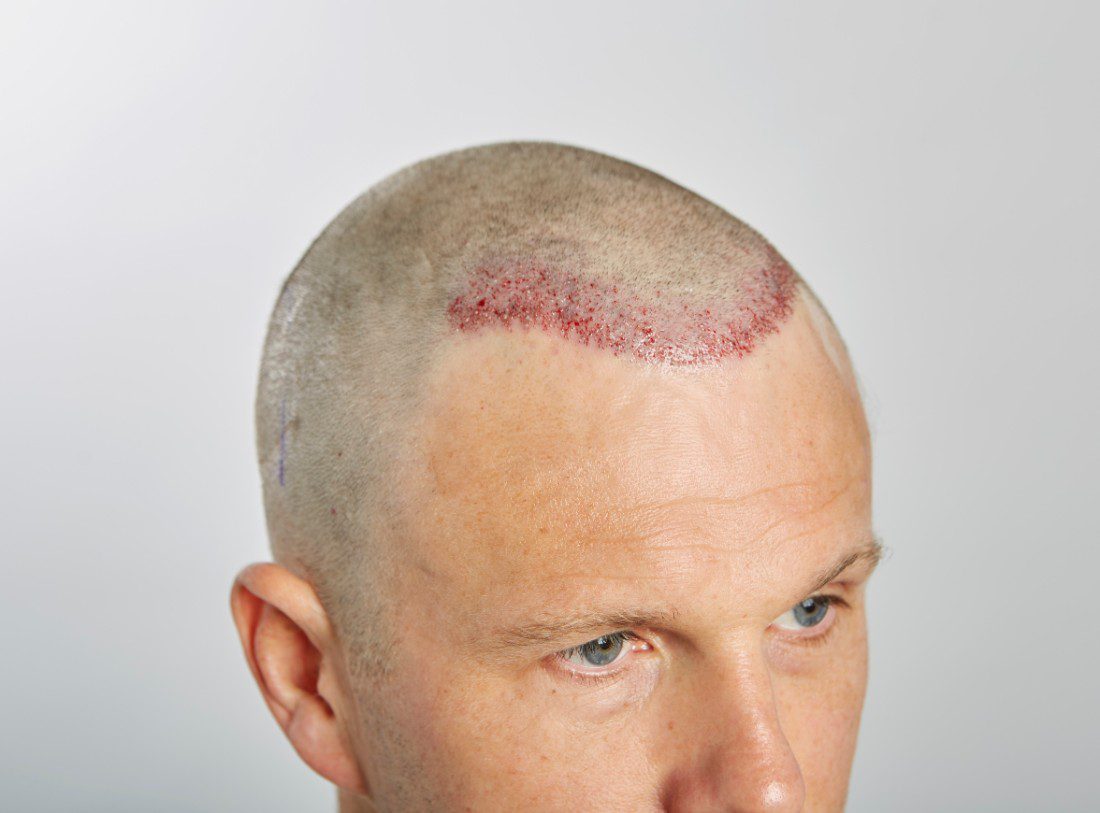
If pigmentation procedures don’t appeal, surgery could be an option. A hair transplant works by taking live follicles from a donor site (the sides and back of the head, traditionally) and implanting them in a bald spot, where they bed in and continue to grow like normal.
Although a number of high-profile celebrity advocates and influencers have reduced the stigma attached to undergoing a transplant in recent years, there are still a number of dangers you should be aware of before committing. It’s imperative to do your research and pick a trusted, licensed surgeon with a proven track record.
A realistic cost for treatment would be somewhere between £5,000 and £8,000. You should also factor in that you will likely need to use Regaine and Finasteride as a preventative measure going forward, plus you may need further transplants down the line as your hair loss naturally progresses to other areas.
Embrace Your Destiny

By far the cheapest, most painless and enlightening of all the options is to simply let it happen. Going bald doesn’t have to be a bad thing. Shave your head and be proud of who you are.
Realise that your hair isn’t what defines you as a man and discover a new sense of self. You might even be surprised at how much you like your new look.
